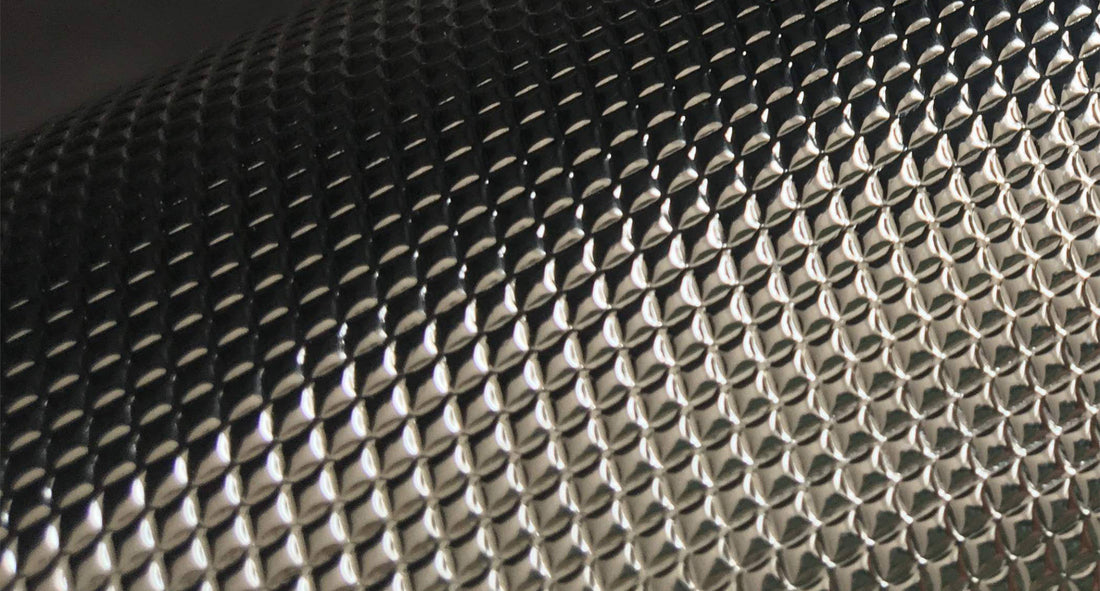
Light reflection: white grow tent vs. silver grow tent
Mika SchillingShare
There are now umpteen different grow tents from various manufacturers on the market, all of which are constructed in the same way. The biggest differentiator, however, is the tent material, which consists of either white PE or aluminum on the inside. But which material actually reflects light better? This discussion should be as old as there are (silver) grow tents (since around 2006).
The first tents came onto the German market in 2001 and had a white PE layer on the inside. In 2006 the first competitor emerged and advertised with a highly reflective "Mylar film", which should also reduce the heat signature of the grow box or the hot HDI lamp installed in it, so that it could no longer be recognized by helicopters (equipped with thermal imaging cameras). But let's be honest - if a police helicopter with a thermal imaging camera is already circling over the house, then you probably have completely different worries than the evil grow tent with almost 1m² of growing space in the bedroom.
Even if you can no longer find any exact reflection values from the mentioned manufacturer (luckily!), the 95% mentioned at the time were of course just as unrealistic as the helicopter scenario described above. But how did they actually come up with this utopian value? My personal guess is that the term “Mylar” was used incorrectly. This term can still be found in the product descriptions of many Chinese manufacturers today and is often used in combination with "polyester". But what is actually meant here? Mylar or BO-PET is a stretched, aluminum-sputtered film made of polyester, which actually reflects up to 99%. But in which wavelength range? At least Wikipedia still owes us this answer.
The outer layer of a grow box is made of polyester (mostly Oxford 600D), which at least represents a certain potential for confusion. Furthermore, the aluminum foil used inside looks a bit similar to a Mylar foil, so that the appearance could lead to a certain misjudgment.
But what is the tent material made of?
As already mentioned, the silver version consists of a polyester material that has been glued or welded to a laminated aluminum foil. With the white tents, the polyester fabric is welded with black PEVA and a white PE film, so that despite the use of white PE (slightly translucent), no light comes out of the growbox and vice versa. The variant made of white PE is significantly thicker and also at least 20% more expensive (calculated for the entire tent).
Which material now reflects better?
At this point we will forego a general judgment, since aluminum and PE differ greatly in the reflection profile and in the end it depends on the application and the spectrum of the light source used. Here are a few relevant key points:
- at 450nm the white PE performs 17% better (89% to 76%)
- at 660nm the white PE performs 15% better (86% to 75%)
- on average (400 to 750 nm) the aluminum comes to 75.3% and the white PE to 85.8%
- in the UVA range, aluminum is significantly better
- Aluminum achieves the best values in the range between 1800 and 2200 nm (infrared)

The potential of the white PE is limited due to the design. If we would use an aluminum layer instead of black PEVA as an intermediate layer, i.e. a combination of both variants, you would definitely get values of over 90%. At this point, a cost-benefit analysis would certainly always be equivalent to a death sentence, since the effort (for just a few percent more reflection) is unlikely to be worthwhile.
The aluminum variant has similar values as the commercially available aluminum foil, which we all know from the kitchen. However, if you use a light source with a high proportion of UVA or want to reflect heat, you can definitely use the aluminum variant. In the visible range (400-700nm), however, the aluminum performs much worse overall than the white PE.Obviously misleading advertising statements, such as "reflects 98% of the light", should be evaluated independently by each end consumer. In case of doubt, you should ask the manufacturer to analyze the material accordingly so that you at least know which wavelength is meant. Info: on average (400-700nm) high-purity silver, applied by PVD coating, reaches 97%.
